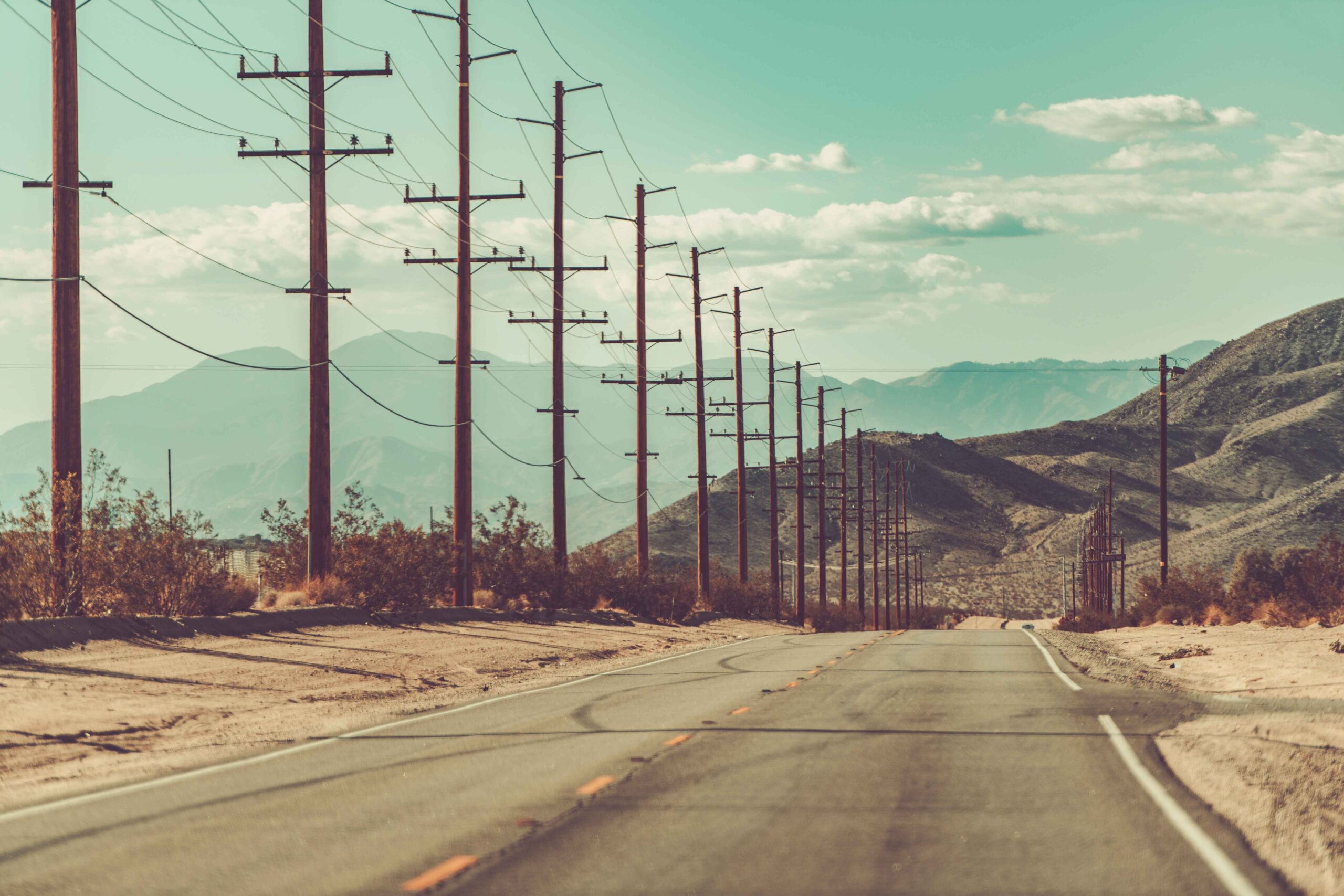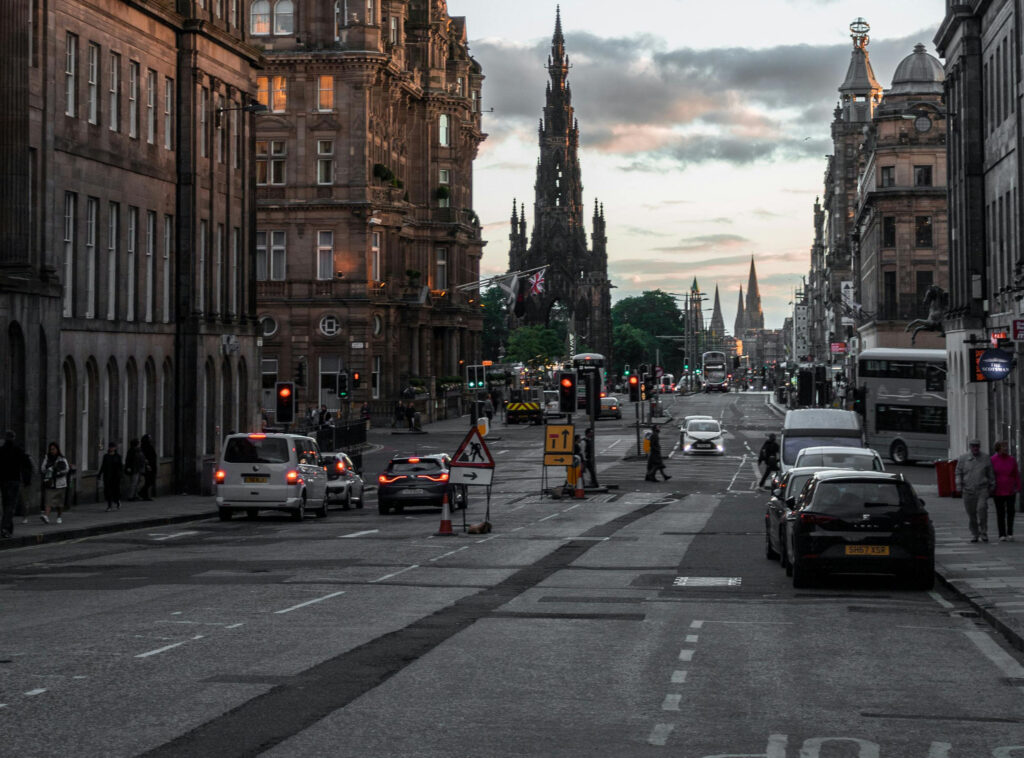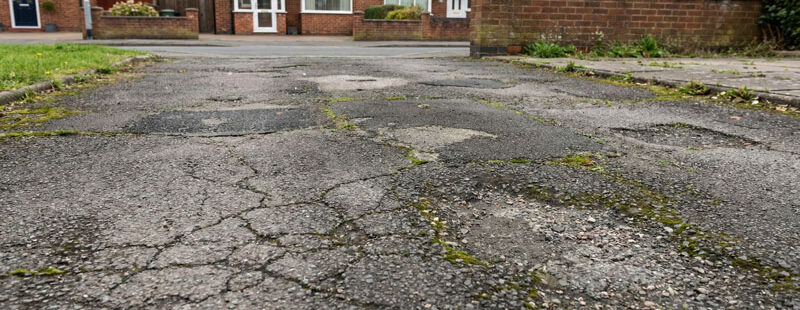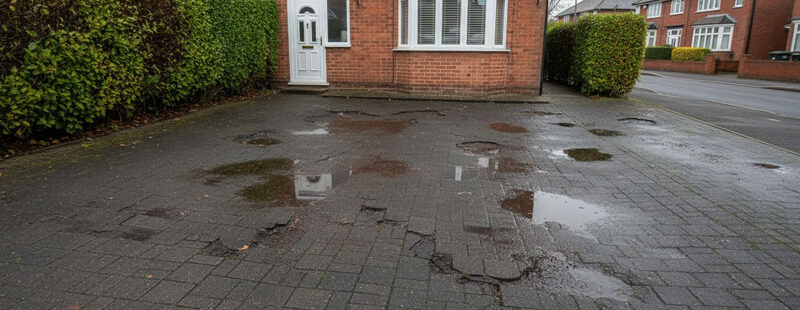
The History of Road Surfacing: How Techniques Have Evolved Over the Decades
From ancient stone-paved roads to today’s smooth, machine-laid tarmac and resin surfaces, the history of road surfacing is one of innovation, necessity, and progress. Roads are more than just pathways; they’re lifelines for commerce, travel, and connectivity. Over time, the methods and materials used in their construction have adapted to technological advances, weather conditions, and the growing needs of society.
In this blog, we’ll take you through the fascinating evolution of road surfacing, how older techniques paved the way (literally) for today’s modern methods, and why choosing the right surfacing option today is as important as ever.
Ancient Roads: Where It All Began
The earliest known roads date back over 4,000 years. Civilisations like the Mesopotamians and Egyptians constructed primitive roads from compacted earth or stone to allow carts and foot traffic to move more efficiently. However, it was the Romans who revolutionised road building.
Roman Engineering
Roman roads, many of which are still traceable today, used multiple layers:
-
A sub-base of compacted soil or rubble
-
A base layer of crushed stone
-
A surface layer of tightly fitted paving stones
This multi-layer approach provided excellent drainage and durability—an engineering principle still used in modern road construction.
The Middle Ages to the 18th Century: A Period of Decline and Rediscovery
Following the fall of the Roman Empire, road building regressed in many parts of Europe. Roads became poorly maintained, often reduced to dirt tracks prone to flooding and rutting.
It wasn’t until the 18th century that significant progress resumed, especially in Britain, thanks to pioneers like John Metcalf, Thomas Telford, and John Loudon McAdam.
Macadamisation
McAdam’s technique, known as macadam, involved laying and compacting small, angular stones in thin layers. This method was:
-
Faster and cheaper than traditional stone paving
-
Easier to maintain
-
More adaptable to horse-drawn transport
Although effective, these surfaces created dust in dry weather and turned to mud when wet.
The Birth of Modern Surfacing: Tarmac and Asphalt
The early 20th century saw the invention of tarmacadam—or tarmac—which combined tar (a binding agent) with aggregate. This evolution marked a turning point in the history of road surfacing, leading to stronger, smoother, and more resilient surfaces.
Modern Tarmac
Tarmac laid the groundwork for today’s bituminous surfaces. The key improvements included:
-
Machine-laying for greater consistency
-
Heated mixing plants for uniform material
-
Stronger binders, such as bitumen instead of tar
Today, tarmac installation remains one of the most popular methods for roads, driveways, and car parks. We offer this service across Hertfordshire—learn more about our tarmac installation services here.
Asphalt vs. Tarmac: What’s the Difference?
Although often used interchangeably, asphalt and tarmac differ slightly in composition:
-
Tarmac: Aggregate mixed with tar (less common now)
-
Asphalt: Aggregate mixed with bitumen (more durable and widely used)
Asphalt gained popularity for its smoothness, longevity, and cost-effectiveness—especially in high-traffic environments.
Resin-Bound Surfacing: The New Age Alternative
In recent years, resin-bound surfacing has emerged as a premium alternative to traditional materials. It offers:
-
Permeability (ideal for Sustainable Urban Drainage Systems)
-
UV resistance
-
Stylish finish with a variety of colours and textures
Resin-bound surfacing is perfect for modern driveways, pathways, and commercial developments. Discover more about resin-bound surfacing services offered by East Herts Surfacing.
Technological Advances in Road Surfacing
The last 50 years have seen massive developments in materials, machinery, and techniques. Today’s road surfacing involves:
1. Machine-Lay Techniques
Modern equipment allows for precision application of tarmac and asphalt, improving surface smoothness and compaction.
2. Recycled Materials
Eco-conscious road builders are increasingly using reclaimed asphalt and recycled aggregates to lower carbon footprints.
3. Smart Surface Technologies
New developments include surfaces with:
-
Solar energy absorption
-
Sensors for traffic and temperature
-
Noise-reducing textures
Though still in early phases, these innovations point to a more sustainable and connected future.
Road Maintenance: Still as Important as Construction
While construction techniques have evolved, road maintenance remains crucial for longevity and safety. Common repair methods include:
-
Patching and resurfacing
-
Crack sealing
-
Pothole repair
Neglected roads deteriorate faster, especially under traffic and weather pressure. If you notice surface damage in your area, our team can help. View our pothole repair service to see how we restore damaged roads quickly and efficiently.
Why This Matters for Today’s Property Owners
Whether you’re managing a commercial facility or upgrading your home, understanding the history of road surfacing gives perspective on modern materials’ benefits.
Benefits of Modern Surfacing:
-
Safety – Smooth, slip-resistant finishes
-
Durability – Long-lasting with low maintenance
-
Aesthetic value – Especially with resin-bound and decorative tarmac
-
Eco options – Permeable and recycled surfaces available
If you’re unsure which surfacing method is best for your project, contact our expert team for a free consultation.
Final Thoughts: From Stone to Smart Roads
The journey from stone-paved Roman roads to today’s tarmac and resin-bound surfaces reflects humanity’s constant pursuit of progress and efficiency. The history of road surfacing is more than just technological advancement—it’s a story of adaptation to our changing world.
At East Herts Surfacing, we honour that legacy by combining proven methods with modern innovation to deliver high-quality results across every project. Whether you’re resurfacing a driveway, building a new road, or repairing potholes, we’re here to help.
📞 Ready to start your surfacing project?
Contact us today to discuss your requirements.
📍 Serving Hertfordshire & Surrounding Areas
🛣️ Experts in Tarmac, Resin, and Road Repairs
🌐 www.easthertssurfacing.co.uk







